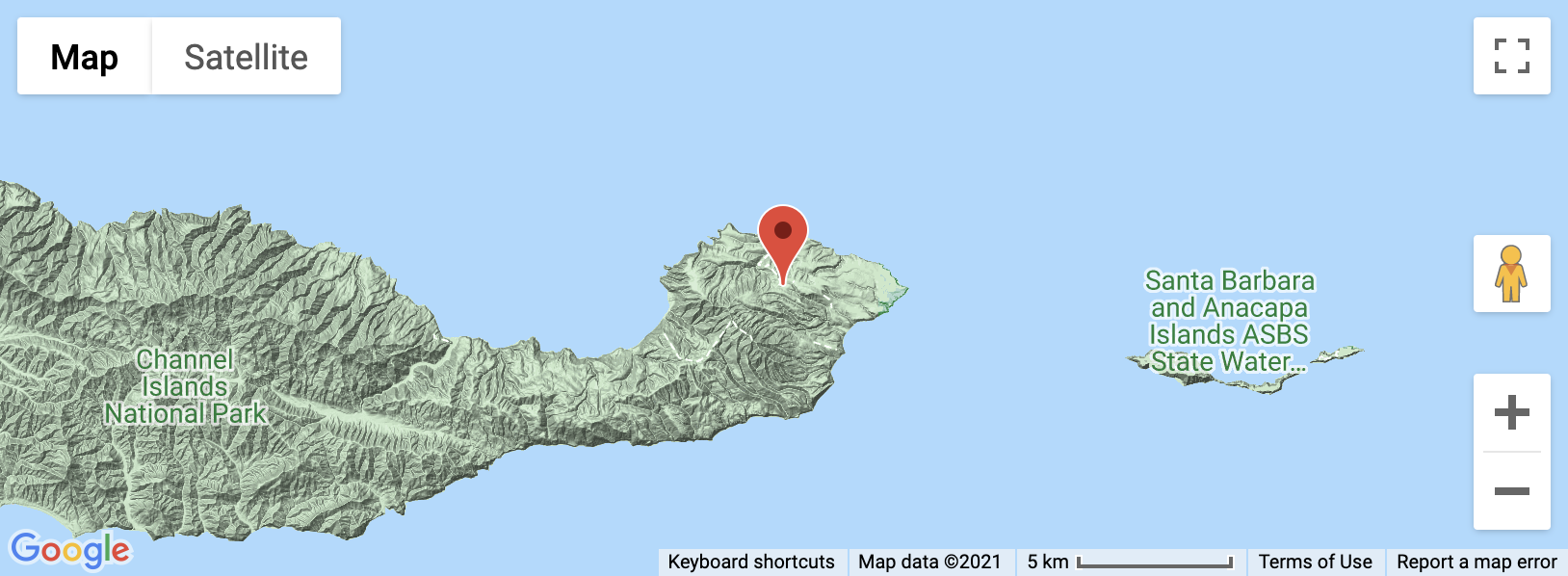
Deflation surfaces, also called deflation armor, desert pavement, deflation crusts, armoring, or several dozen other comparable terms can be recognized as a layer of rocks and pebbles covering the ground surface over finer sediments. These surfaces form through erosion processes, mainly wind weathering. Such surfaces are present on eastern Santa Cruz Island on its higher terrace plateaus, where a relatively flat topography offers little wind protection.
To quote the experts: "The source of the clasts in the pavement is mechanically weathered basaltic bedrock derived from topographic highs. Salt-rich eolian fines accumulate in fractures of the basalt, and the wetting and drying of the fines results in volumetric changes related to crystal growth or shrinking or swelling of clay. This volumetric change enhances fracturing and displaces clasts vertically and laterally. As displacement occurs, additional eolian fines and salts are deposited between the clasts, further enhancing separation of the clasts from the underlying bedrock. Mechanical weathering of topographic highs also results in the development of colluvial wedges of rubble and contaminant infilling of topographic depressions with the colluvial material. These clasts move laterally by colluvial and alluvial processes into the topographical lows in which abundant silt has accumulated, and they form a surface layer or armor of stones." (McFadden et al., 1987)
Paraphrased in English: The wind deposits salt and clay into cracks in the rocks on high places. As that clay and salt gets wet, it expands and cracks the rocks more. Then when it dries out, it shrinks again, making room for the wind to deposit more salt and clay. This process of expansion and shirking eventually breaks small stones off of the surface of the bedrock. These stones roll down the hill and settle on top of lower places that are already full of dirt. The wind blows away the sand and dirt from on top of and around these stones. However, since these stones are too big for the wind to blow away, they remain and eventually form a surface armor completely covering the finer dirt. It's called deflation because as the wind blows away the sand and dirt from around these stones, they settle and it appears as if the land's surface is gently sinking or deflating.

REFERENCES
McFadden, L.D., Wells, S.G., and Jercinovich, M.J., 1987, "Influences of eolian and pedogenic processes on the origin and evolution of desert pavements": Geology, v. 15, p. 504-508
